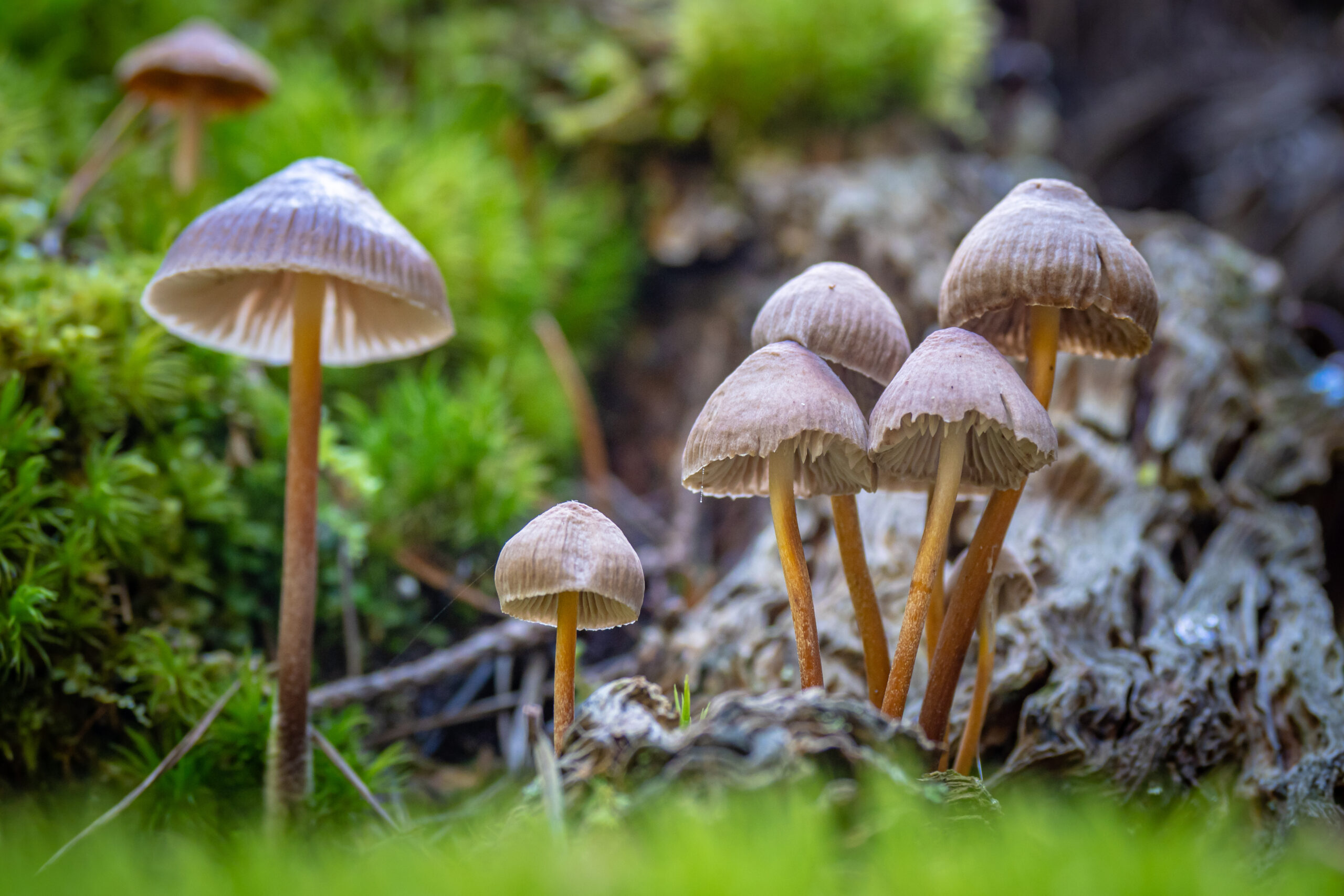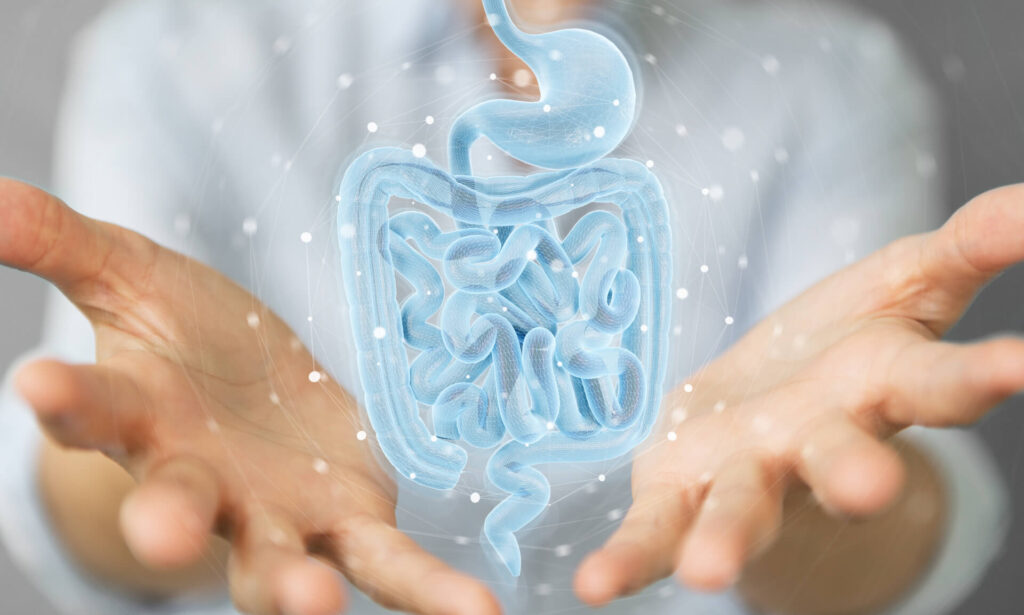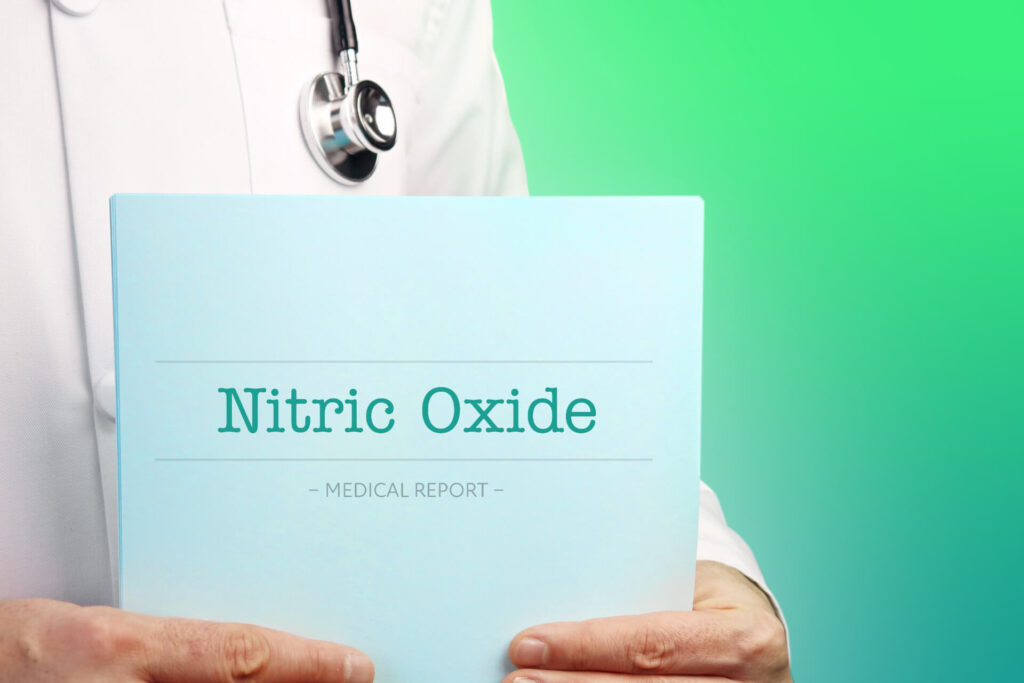Psilocybin, known for offering us a fresh perspective on who we are, has recently resurfaced as a powerful aid for mental health.
Journey with us as we explore how psilocybin affects our brain, the importance of Set and Setting, dosing and what to expect on a “journey.” We will review how it works, how it can improve our mental health, and its potential for harm and addiction.
Let's Get Started:
Psilocybin: How it Works
Psilocybin is a psychedelic, and like all psychedelics (LSD, Mescaline and Ayahuasca), psilocybin creates profound alterations in perception, thought and emotions. Recent brain scans that correlate what people are experiencing while under the influence of psilocybin to what researchers see on these scans offer us fascinating insights into how psilocybin works and why it is becoming such a potent tool for mental health.
In a nutshell, psilocybin seems to create two crucial brain changes:
1) Psilocybin reduces the activity of our default mode network (DMN). Referred to as the brain’s “resting state” network, it is the pattern of brain activity (thinking) our brain defaults to when we are not busy performing a task.
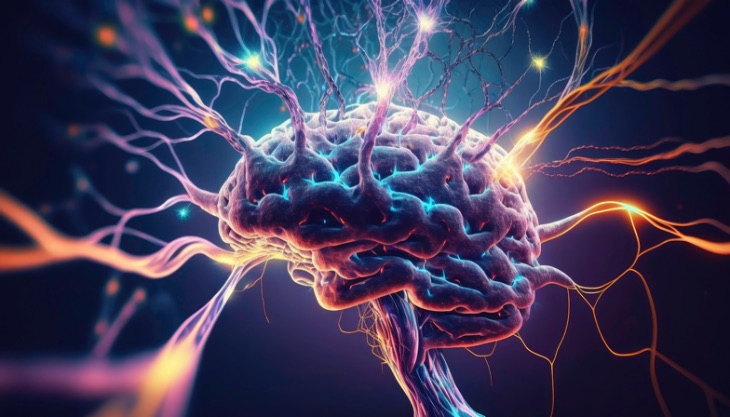
What does our brain default to when not performing a task? We self-reflect (and for many of us, that means self-critique), have internal dialogue, and experience a sense of self.
Psilocybin’s ability to reduce activity in the DMN partially explains its success in treating depression which is often characterized by repetitive, negative thought patterns and rumination. By decreasing DMN activity, psilocybin may disrupt these rigid thinking patterns and promote cognitive flexibility.
2) Psilocybin increases neural connectivity. While psilocybin reduces activity in the DMN, it increases the connectivity between different brain regions that do not typically communicate with each other leading to a more integrated and interconnected brain network.
Recall from Neuroplasticity that our brains are wired based on sensory input and thoughts. This wiring influences our self-perception and perception of the world. By increasing connections within our brains, we automatically develop a sense of interconnectedness, perceiving ourselves and the world as more connected.
So psilocybin reduces your inner monologue (and the constant self-judging) and increases your brain’s connectivity and, thus, your perception of you and the world being more connected.
How does psilocybin do all this? From a biochemical perspective, psilocybin is a tryptamine and works by mimicking serotonin and binding to the serotonin 2a receptor (5-HT2A).
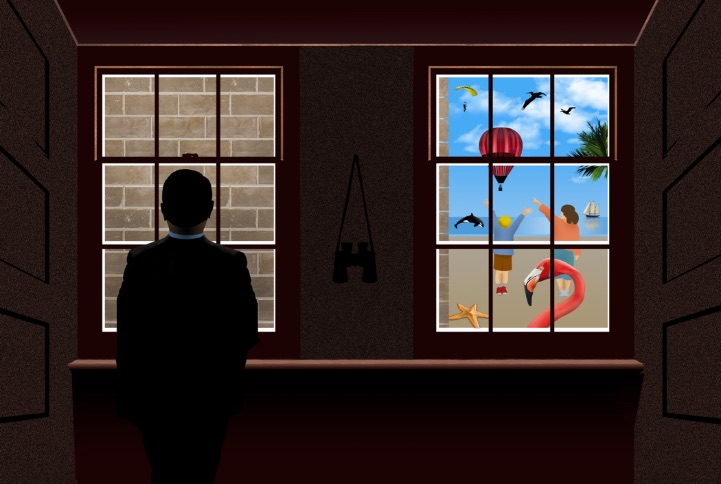
Recent studies suggest that psilocybin may also mimic BDNF (brain-derived neurotrophic factor) by binding to the brain’s TrkB receptors (neurotrophic receptor tyrosine kinase). BDNF is a brain protein essential for neurons’ growth, maintenance, and plasticity.
Psilocybin Dosage
When discussing psilocybin dosage, it is important to distinguish whether discussing the weight of the dried mushrooms or the weight of the molecule psilocybin within the mushroom.
Most clinical studies, to tightly control the exact dose of psilocybin, use either synthetically derived psilocybin or psilocybin purified from mushrooms. The amount of psilocybin used in most studies is 20-30mg of psilocybin the molecule.
Clinical studies typically utilize the psilocybin molecule, while guided therapies outside clinical settings often employ dried mushrooms. Psilocybe cubensis, the psilocybin strain used in over 80% of sessions, contains an average of 1% psilocybin per gram. Therefore, 2-3 grams of dried P. cubensis is equivalent to 20-30mg of psilocybin. However, the psilocybin content in P. cubensis can range from 0.5% to 2%, resulting in a potential variation of 15mg-60mg of psilocybin in 3 grams of dried P. cubensis.
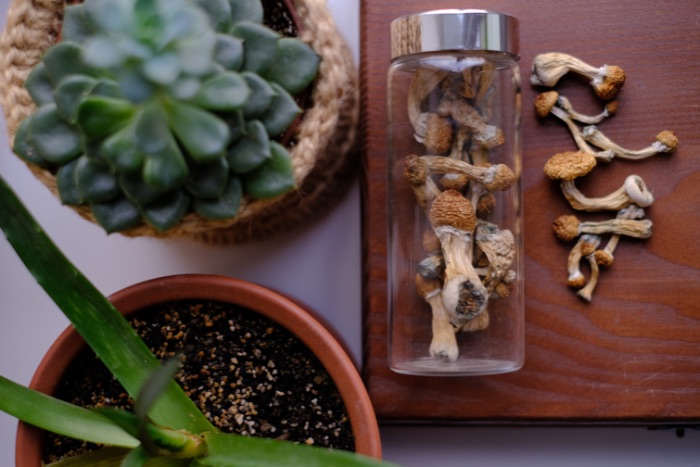
A reputable organization offering guided-assisted psilocybin therapy should know the source and the concentration of psilocybin in the mushrooms they use.
Experienced psychedelic users, often referred to as psychonauts, will take doses as high as 5 grams of dried mushrooms or 50-60 mg of psilocybin. This dose is referred to as a heroic dose.
The Importance of Set and Setting
So we know, sort of, how psilocybin affects the brain, and we know the average dose of psilocybin used in treating mental health, but a huge determinant of having a positive outcome with psilocybin is what is referred to as Set and Setting.
Yes, psilocybin rewires the brain, but rewiring in and of itself is not necessarily positive. Cocaine rewires your brain, but it does so in a maladaptive way. The importance of Set and Setting is to ensure that rewiring happens in an adaptive or enhancing way. Set and Setting is key to ensuring maximum benefit and minimizing adverse effects. In a nutshell, Set and Setting refers to one’s mindset (Set) and the physical and social environment in which the user has the experience (Setting).
We use the concept of Set and Setting frequently in our daily lives. Whether walking in nature, going to a rave, bringing up a child or attending a spiritual or religious ceremony, Set and Setting affect our experience of these events. The more intense these experiences, the more Set and Setting play a role in whether these experiences are adaptive or maladaptive.
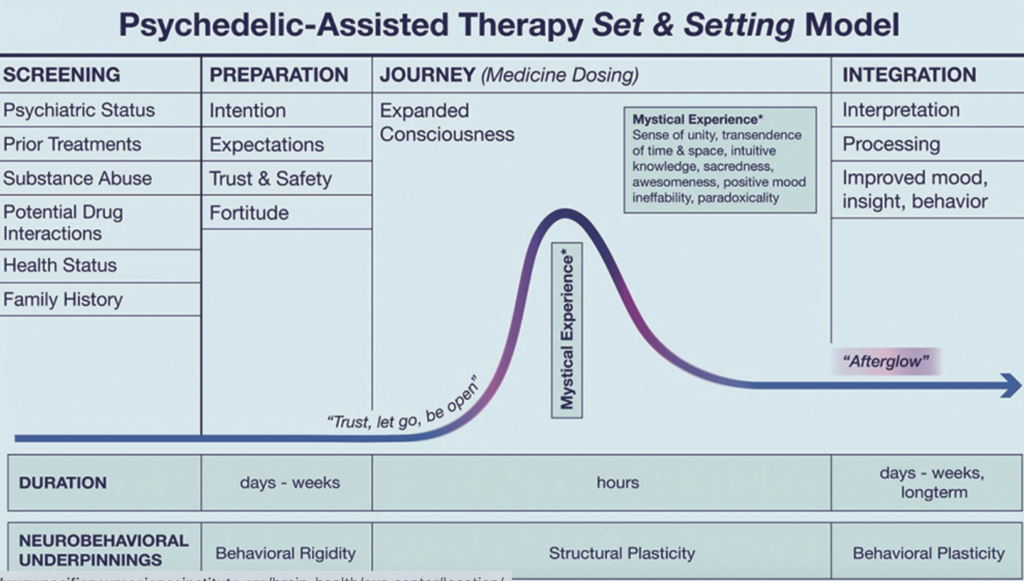
To ensure the right Set (mindset) for psilocybin therapy, you will typically meet, at least once, with someone who is involved in the psilocybin session. At the very least, these pre-session meetings should review your medical history to ensure there are no contraindications for taking psilocybin (see below), explore why you want to take this journey, your expectations and a brief outline of what to expect. There will likely be a discussion of what to do and not to do in the days or hours leading up to your session, such as things you can do to prepare your mindset for the “journey” and what food and substances to avoid leading up to and on the day of your session.
Typically, you are asked to avoid food for several hours before your session.
Unlike recreational psilocybin use, therapeutic sessions typically occur inside in a controlled, soothing environment. Typically you are lying or sitting back in a comfortable posture with your eyes covered, headphones on, and music playing that changes according to the phase of your journey ( see below). Covering the eyes prevents you from getting distracted by all the psychedelic visual hallucinations around you. It focuses your attention on what is going on inside you.
Sessions can be one-to-one (more expensive) or in a group session. Either way, trained professionals should be there to guide you and calm you through the anxiety that often happens during the peak experience.

What to Expect on a Psilocybin Journey
So you drank (or ate) your magic potion, what can you expect? Typically a journey lasts 4-6hours, and, presuming you have followed through having an empty stomach, your digestive enzymes break down psilocybin into its psychoactive metabolite, psilocin, which crosses the blood-brain barrier within 20-45 minutes of taking your dose. That’s when you begin to notice colours becoming noticeably enhanced and more vivid.
Peak experience begins around 45-90 mins. It is intense, anxiety-provoking and awe-inspiring. Here the drug is starting to reduce activity in the Default Mode Network, leading to a dissolution of one’s self-identity and ego. That sense of ego dissolution, particularly in those with a fixed and rigid self-identity, can cause significant anxiety and fear, resulting in increased heart rate and blood pressure.
Facilitators/ guides play an essential role during peak experience. They help to guide you through the anxiety of ego-dissolution. Letting go to this sense of ego dissolution directly correlates with an effective session.
While DMN network activity slows, new connections between different parts of your brain begin to form. Parts of your brain that do not typically communicate begin to connect. You might “see” sound and “hear” colours.
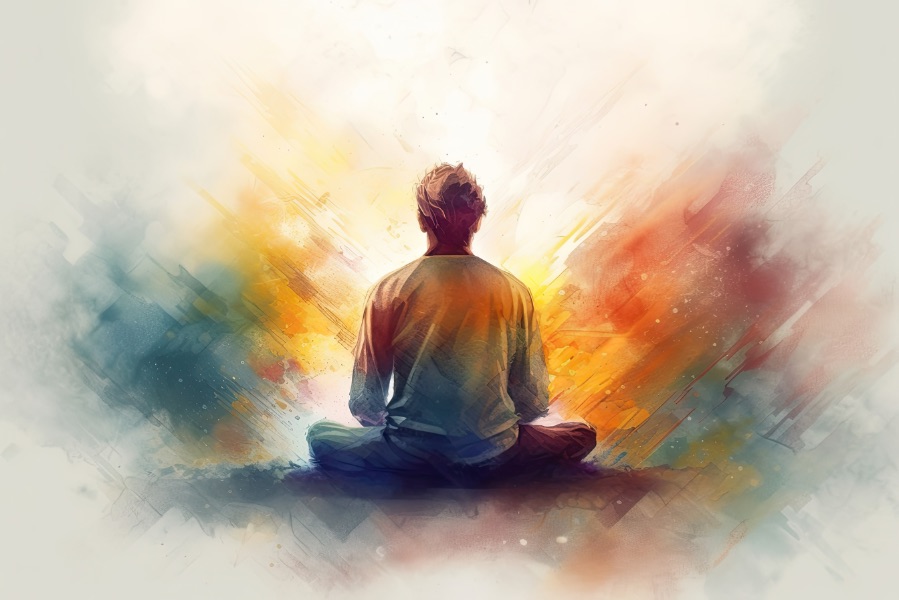
The exact details and messages of this part of the journey are unique to you. Yet, over 90% of participants describe these experiences as one of the most profound life-altering and mystical experiences.
Therapeutic psilocybin therapy often utilizes music to enhance the journey. It begins with soft or classical instrumental music, transitioning into louder drumming during the peak experience, and finally settling into more soothing music and nature sounds, fostering a sense of oneness and bliss.
Do we know why 10% of participants do not respond to this therapy? Evidence suggests non-responders have higher anxiety levels and lack mystical or psychologically insightful experiences during psychedelic sessions. These mystical experiences predict a positive outcome. Could difficulty letting go be the reason leading to increased anxiety? That’s why a controlled setting with follow-up support is highly recommended to address any issues that arise during a “bad trip.”
Psilocybin Therapy: Evidence
What evidence supports the effectiveness of psilocybin therapy? Despite its legal status, recent years have allowed researchers and clinicians to study psilocybin in controlled settings for mental health. These studies demonstrate promising results, especially in treating depression, substance use disorders, and cancer-related and end-of-life mental health issues.
Depression, especially cancer-related and treatment-resistant depression, has the most evidence for psilocybin’s efficacy. Controlled studies consistently show better outcomes compared to SSRI antidepressants. In a recent article in JAMA, psilocybin’s effect on depression was 2.5 times greater than that of psychotherapy and over 4 times greater than SSRI antidepressants. Effects can last 6-12 months after just 1 or 2 doses, administered several weeks apart. Psilocybin clinical trials also show promise in treating substance use disorders, anxiety and PTSD.
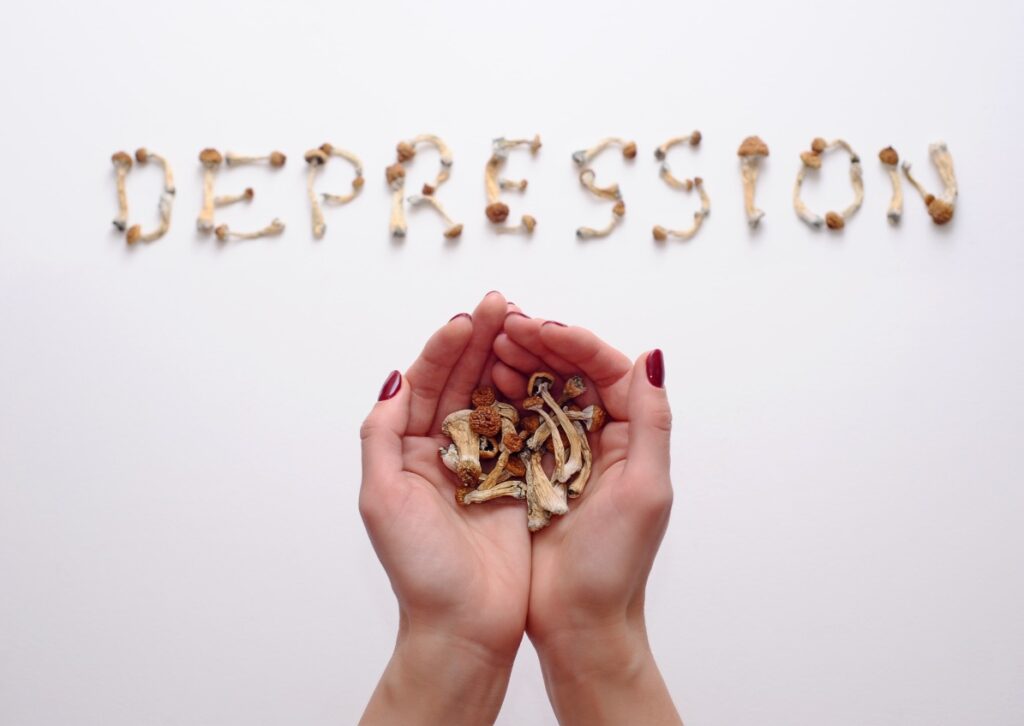
How can 1-2 doses of a drug have such a profound and long-lasting impact? As explained in the article on Neuroplasticity, visualization is a powerful tool for rewiring our brains. When we vividly visualize an action, like playing the piano, it can create the same neural rewiring as actual practice
Furthermore, intense experiences, both positive and negative experiences, tend to be relived repeatedly. By reliving the intense psilocybin experience in detail, we engage in a form of visualization that continues the rewiring process initiated during the session.
Psilocybin: Contraindications
Psilocybin, like cannabis, is not recommended for individuals under 18 due to incomplete brain development. Because it can cause significant changes in perception, cognition, and emotions, it is contraindicated in those with schizophrenia, psychosis, or bipolar disorders. People with severe cardiac disease should also avoid psilocybin due to potential blood pressure and heart rate increases.
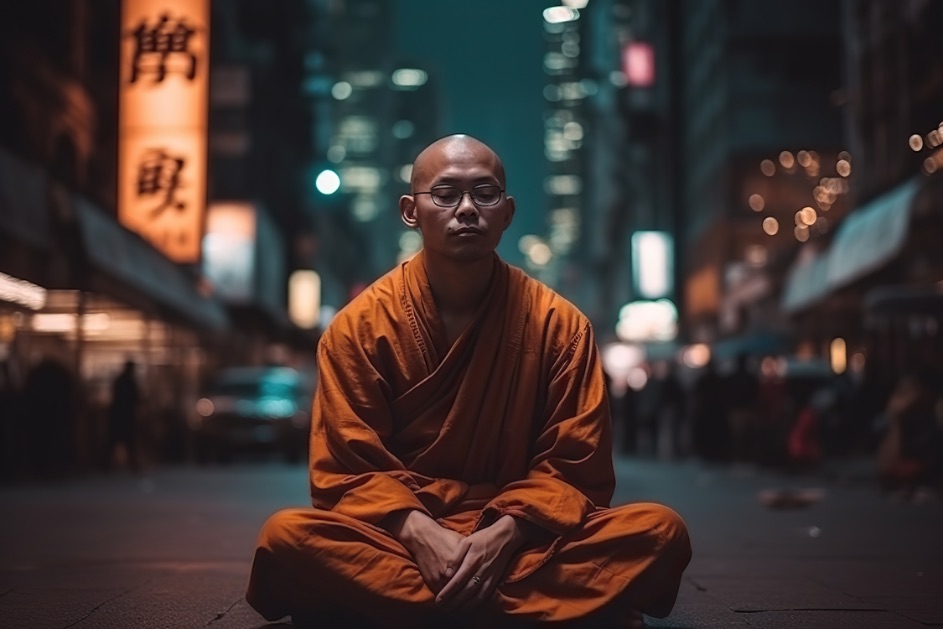
Limited research exists on psilocybin’s effects during pregnancy and lactation, so avoiding its use during these periods is advised. While not physically addictive, psilocybin may lead to psychological dependence or misuse, emphasizing the need for responsible use and caution.
Putting it all Together
Psilocybin and other hallucinogens have been vital in traditional and shamanic cultures for millennia. Less well known is that Socrates and Plato, founders of Western philosophy, likely attended ancient Greece’s most sacred events, the Elusian Mysteries. Central to these rituals, held annually for over two millennia, was the consumption of a drink called Kykeon, thought to contain psilocybin. Did their experiences during these ceremonies influence the founders of Western philosophy? Socrates, Plato’s teacher, emphasized the importance of understanding who we are, seeking wisdom, and living a virtuous life.
Our brain’s neuroplasticity makes us susceptible to developing maladaptive thinking patterns, whether from trauma or repetitive negative influences. Psilocybin disrupts these patterns, offering new perspectives on our identity and connection to the world around us.
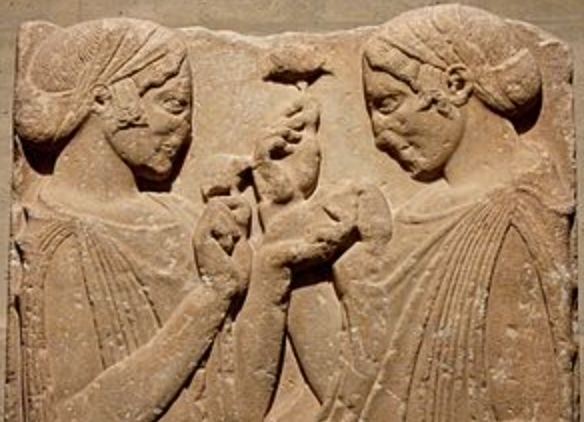
Psilocybin is a powerful tool that demands respect. If considering psilocybin for mental health, it’s crucial to do so in a controlled therapeutic setting, ideally with follow-up support.
Naturally occurring worldwide, psilocybin mushrooms are illegal. However, decisions about legality should prioritize health, as what benefits us benefits the planet. Considering its interconnected view of ourselves and the world, psilocybin should be decriminalized for the sake of humanity and the future of our planet.
References
- https://jamanetwork.com/journals/jamapsychiatry/fullarticle/2772630
- https://www.hopkinsmedicine.org/news/newsroom/news-releases/psilocybin-treatment-for-major-depression-effective-for-up-to-a-year-for-most-patients-study-shows
- https://www.ncbi.nlm.nih.gov/pmc/articles/PMC9751063/
- https://www.thelancet.com/journals/eclinm/article/PIIS2589-5370(22)00538-7/fulltext
